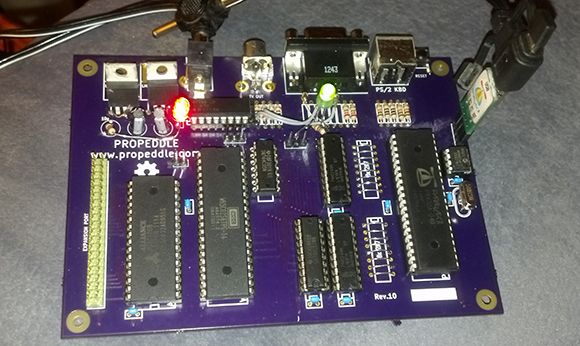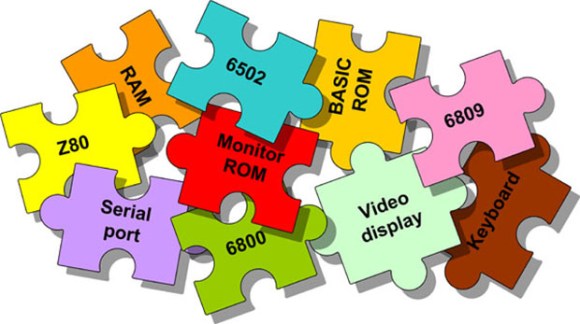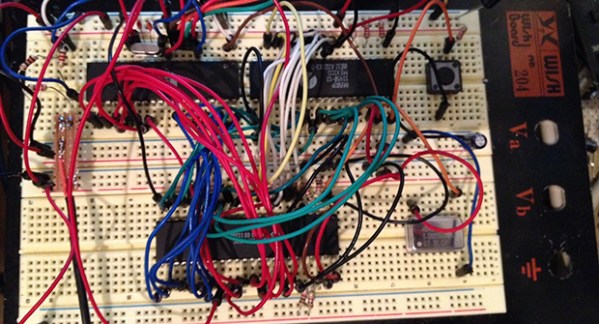When it comes to building retrocomputers, there are two schools of thought. The first is emulation, that allows for greater compatibility and ease of use, and much easier to find parts. The second requires real, vintage hardware with all the bugs and idiosyncrasies found in vintage chips. Reconciling these two ideas is hard, but the software defined Propeddle manages to do it, all while using a real 6502 CPU.
The trick here is using a Parallax Propeller for the heavy lifting of loading the ROM into RAM with an extremely clever technique using the Reset and NMI pins, generating the clock and other signals required by the 6502, and hosting the keyboard, serial, and video I/O. Already [Jac] has the Propeddle running as an Apple 1 emulator (video below), making it possible to write programs for the Propeddle in BASIC or assembly.
It’s a great design that allows for emulation of a lot of the classic 6502 computers with a real CPU, all while doing away with the cruft of expensive ACIAs and video generation hardware. Awesome work, and we can’t wait for the next version that will be dedicated to [Bill Mensch].














